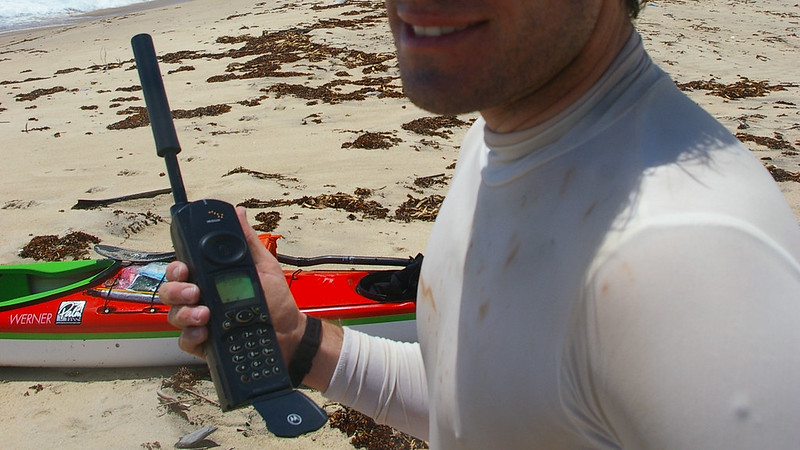Iridium 9555
Network: Iridium, Weight: 247g, Dimensions: 143 x 55 x 30mm, Talktime: 4h, Standby: 30h, Display: Mono LCD, Waterproofing: Waterproof keypad, Data connection: 2.4kbps, Other features: Speaker, Mini USB data connection (20Kbps).
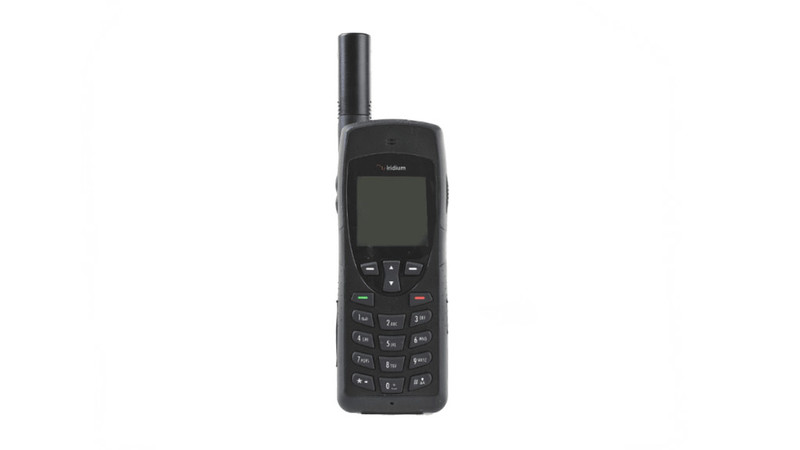
The Iridium 9555 seems to take its design inspiration from a 90's mobile phone with its stubby antenna, but this actually extends up to 12cm and can be angled to best pick up a satellite signal. The case design and button layout look like a Nokia from that era too and that makes this handset very easy to cope with, even with gloves on. The phone's capabilities include short email's and the ability to receive as well as send 160 character SMS's. Unfortunately the battery life is poor meaning you will want to keep this handset turned off when you aren't using it, particularly if you are relying on solar panels to charge it. You may also want to consider carrying a spare battery.
The best feature of this phone is it is the cheapest access to Iridium's truly global network of 66 Low Earth Orbit (LEO) satellites which offer reliable and lag free connectivity to 100% of the globe. It is the only choice beyond 82º of latitude. Being LEO satellites means their signal is less affected by atmospherical water molecules such as thick cloud and heavy rain, adding to the reliability. The only slight drawback is the frequent switching between satellites can occasionally cause calls to be dropped.
Amazon Price: £1185
Ebay Price: £1185
Iridium 9575
Network: Iridium, Weight: 247g, Dimensions: 140 x 60 x 27mm, Talktime: 4h, Standby: 30h, Display: 200 characters, Waterproofing: IP65, Data connection: 2.4kbps, Other features: Integrated SOS, GPS, Tracking, Google Maps compatible Location Link sending.
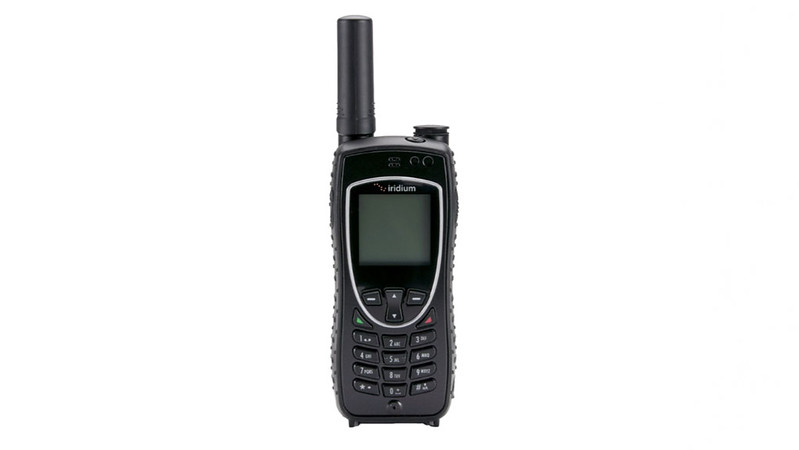
The Iridium 9575 Extreme is similar to the Iridium 9555 on the inside, but with a waterproof exterior. That, combined with global coverage, makes this an excellent satellite phone for sea kayakers heading into tough environments, off the beaten track. The integrated tracking can also help with automatically reassuring friends and relatives.
This is still a relatively bare-bones device with the same distinctly average battery life as the 9555. It's 160 character texts feel a little retro in the 2020s, but get the job done. Perhaps the most significant difference is the inclusion of a programmable emergency button, which is backed by the GEOS international emergency response centre, or SEND (Satellite Emergency Notification). If you lift the cap and press the button the emergency services will be notified and informed of your location.
Amazon Price: £1465
Ebay Price: £1465
Inmarsat IsatPhone 2
Network: Inmarsat-4. Weight: 318g. Dimensions: 169 x 75 x 36mm, Talktime: 8h, Standby: 160h, Display: Colour screen (with Gorilla Glass), Waterproofing: IP65, IK04, Data connection: -, Other features: Magnetometer, Speaker, Bluetooth handsfree.
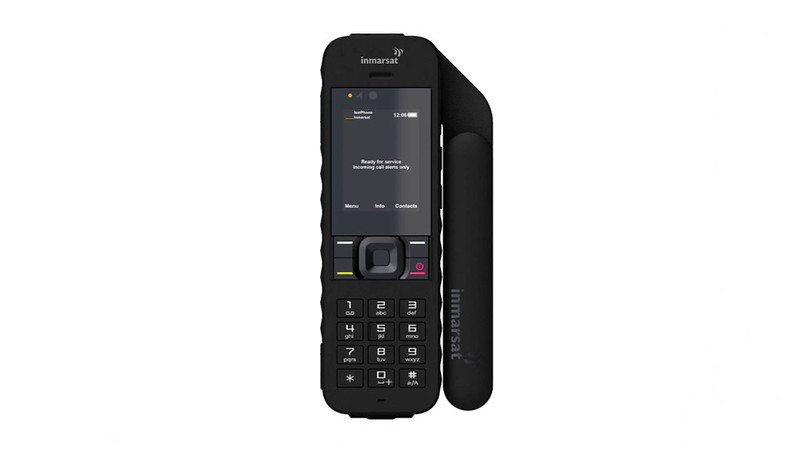
The IsatPhone 2 is the only handset easily found on the Inmarsat network and with its sturdy build and fold-out antenna and long lasting battery, this handset is ideal for sea kayak expeditions. In particular they will appreciate the configurable emergency button, impossible to press by accident thanks to a flap. The smartphone generation won't be impressed by the phone's menu's. For example there is a contacts database however you will need to remember the country codes yourself. You can also send 160-character text messages but you do need to remember to keep holding the antenna toward the sky after hitting send. Thankfully this can be easily repositioned so you can put the handset down while you are waiting. You can also send a text/email/tweet with your GPS location, and if a signal isn’t immediately found a built-in compass is activated helping you to find one.
Inmarsat have four satellites rotating in geosynchronous orbit over the equator at the incredible height of 32,000 miles. At such a lofty position, they cover 90% of the planet, only missing sight of the poles, or more technically anywhere beyond 82º of latitude. This rules them out for sea kayak expeditions to the higher latitudes but they are a good option in more equatorial locations. Due to the height of the satellites there is a noticeable lag in voice communications and coverage is more affected by weather conditions.
Amazon Price: £904
Ebay Price: £904
Thuraya XT-LITE
Network: Thuraya, Weight: 186g, Dimensions: 128 x 53 x 27mm, Talktime: 6h, Standby: 80h, Display: Mono LCD, Waterproofing: covering flap, Data connection: -, Other features: SOS button.
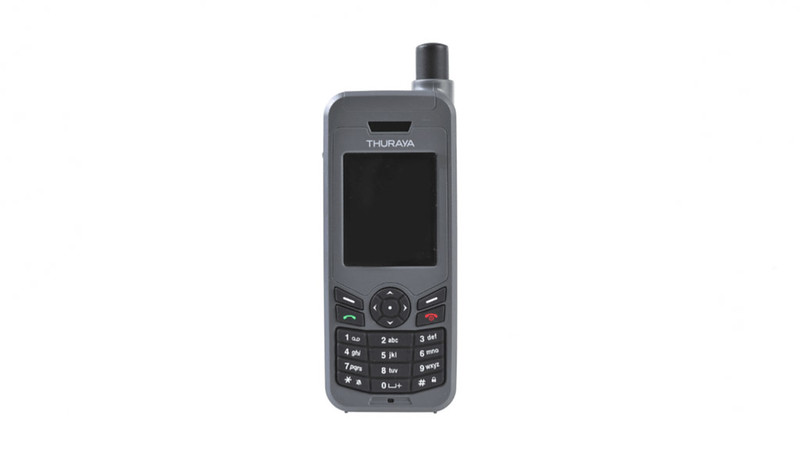
The XT-Lite is based on the limited Thuraya network, which operates from just two geosynchronous satellites combining to provide coverage in Europe, Australia, Northern and Central Africa and most of Asia. That’s 161 countries, but notably it does not include the America's and the polar regions. Thuraya also offer the X5-Touch, the worlds first smart satellite phone; the XT-Pro, a rugged phone with navigational features including GPS and the XT-Pro Dual, the worlds first dual mode phone but for most sea kayakers its probably the XT-Lite that stands out for its excellent value.
This a simple handset with standard phone features such as address book and call logs however it does have an omni-directional antenna which can even detect an incoming call before being extended. It's also capable of traditional SMS messaging. Compared to others on this list this is relatively compact and light phone. Thuraya offer the option of a phone number based in your country of choice which makes it cheaper for people to call you.
Amazon Price: £550
Ebay Price: £530
iPhone 14?
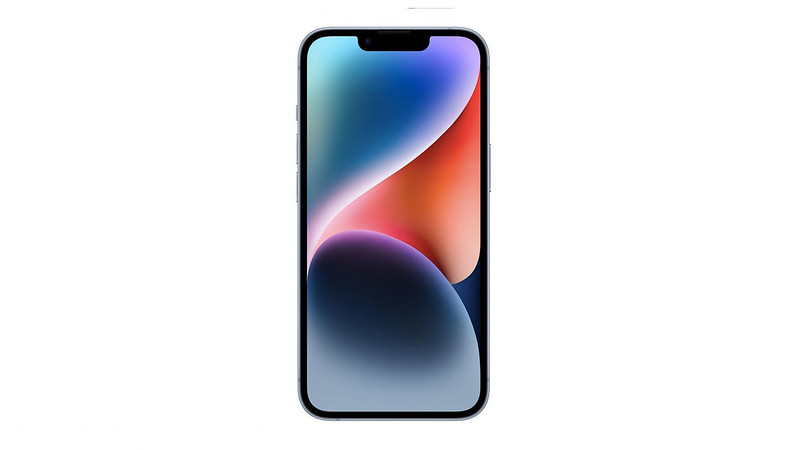
You may have heard that the iPhone 14 onwards have satellite capability. This is via the Globestar satellite network, when you're not able to access normal phone coverage and only to contact the emergency services. And we are talking very limited here, iPhones don't have the big antennas you get on standard satellite phones so you need to point them straight at the satellite using a special built in orientation app. Even then the bandwidth is so low that you can only send text messages and that is still likely to be challenging.
Because of this, Apple has devised an interface for the emergency services with a series of prepared prompts, such as 'Who needs help?', 'Is anyone injured?', 'What type of emergency is it?' Even with all these procedures, it may take a message several minutes to send. For these reasons we don't consider iPhone's to be a full satellite phone, and so haven't included them in this list. It is a great feature though and maybe in the future, with an additional antenna it could be a viable option.
Satellite phone call plans compared
Comparing satellite phone running costs is very tricky. To start with you pay for units and these get you a certain number of minutes depending on wether you are calling a landline, mobile or satellite phone on either the same network or a different one. You can either get these as pre paid units but they are only valid for a certain length of time, the longer the time the more you pay. Or you can get them on a pay monthly contract but these tend to be for a longish time period. You can pay to suspend and reactivate the contract however you still paying something while the contract is suspended.
To give a comparison of the costs involved with different networks we have tried to compare pre paid packages with about an hour of calls to mobiles and landlines valid for 3 months which would cover most sea kayaking expeditions. We also compared the minimum amount of minutes for a whole year which is useful for 'just in case' emergencies.
You can buy an Iridium pay as you go voucher with 6000 units which gives you 100 minutes of call time to landlines and mobiles and is valid for 90 days for £320. For an annual pre paid you need to buy 300 mins for £775. They are more expensive than the other networks but they are the only one with completely global coverage and so they can be used anywhere on Earth.
You can buy a 'Global' Inmarsat pay as you go voucher with 100 units which gives you 67 minutes of call time to landlines and mobiles and is valid for 90 days for £145. For an annual pre paid you need to buy 333 mins for £470.
You can buy a Thuraya pay as you go voucher with 60 units which gives you 70 minutes of call time to landlines and mobiles and is valid for 365 days for £110. All Thuraya's pre paid's are valid for a year or longer. They even do 5 years. For an annual pre paid you only need to buy 6 mins for £40. This is great value for 'just in case' emergencies, as long as you are in their covered area.

By Philip Clegg
With over two decades of working in the sea kayaking industry, Phil can be found on a daily basis coaching for Sea Kayaking Anglesey. That's when he's not expeditioning, playing or putting kit to the test.

